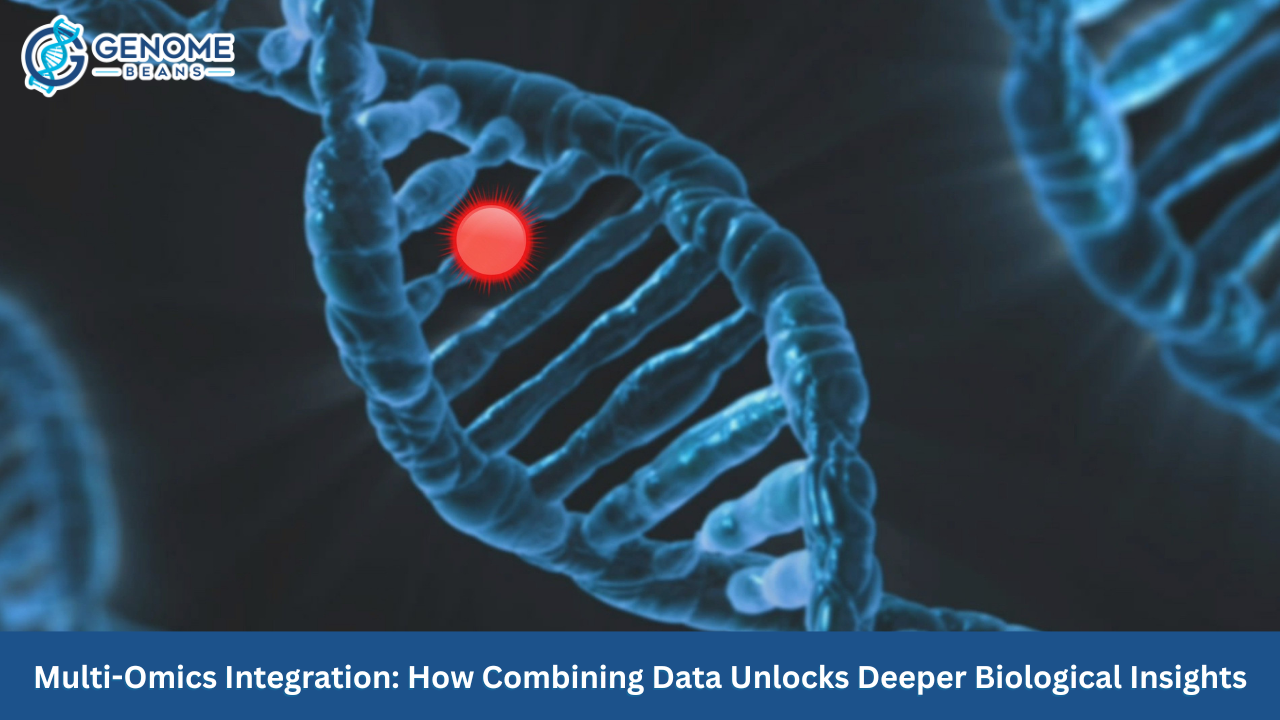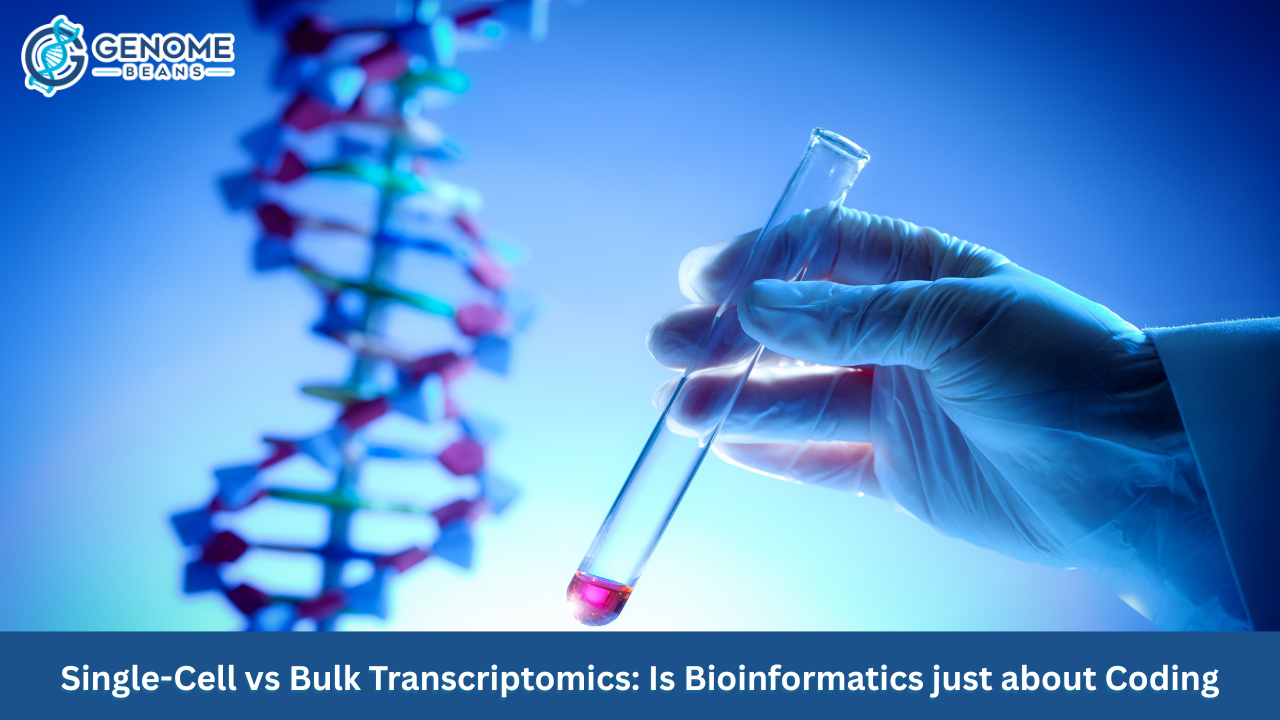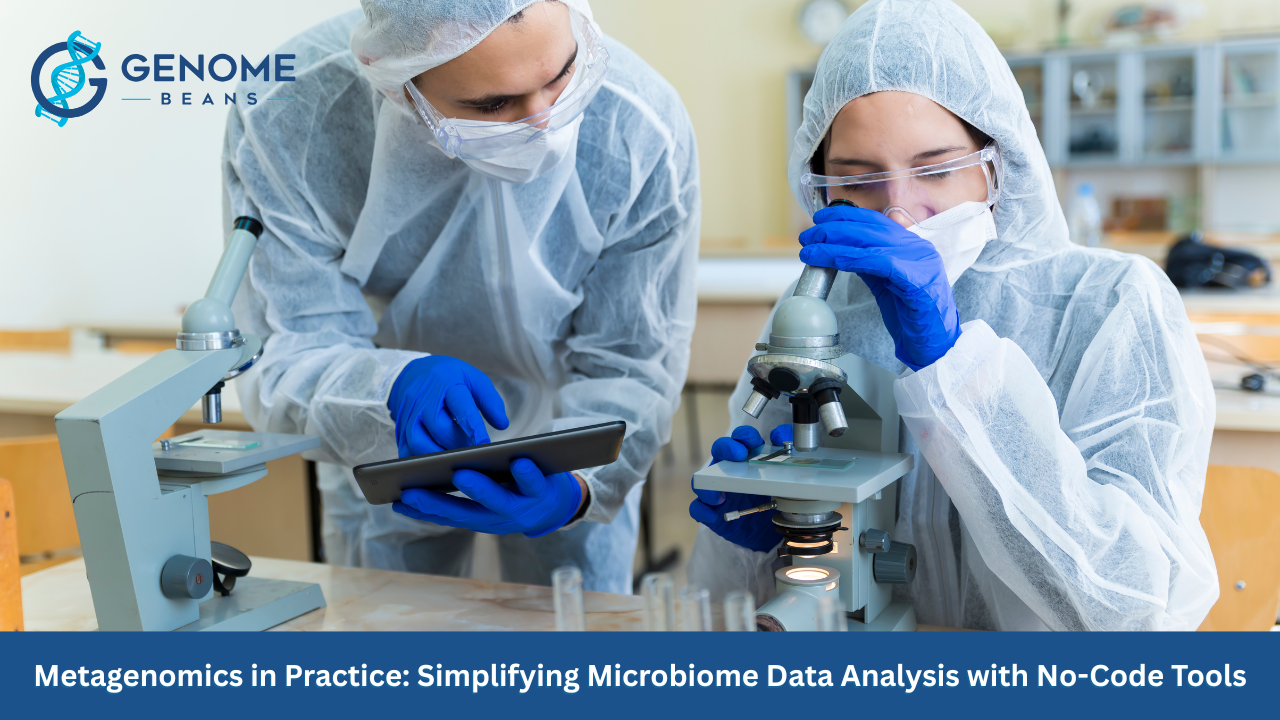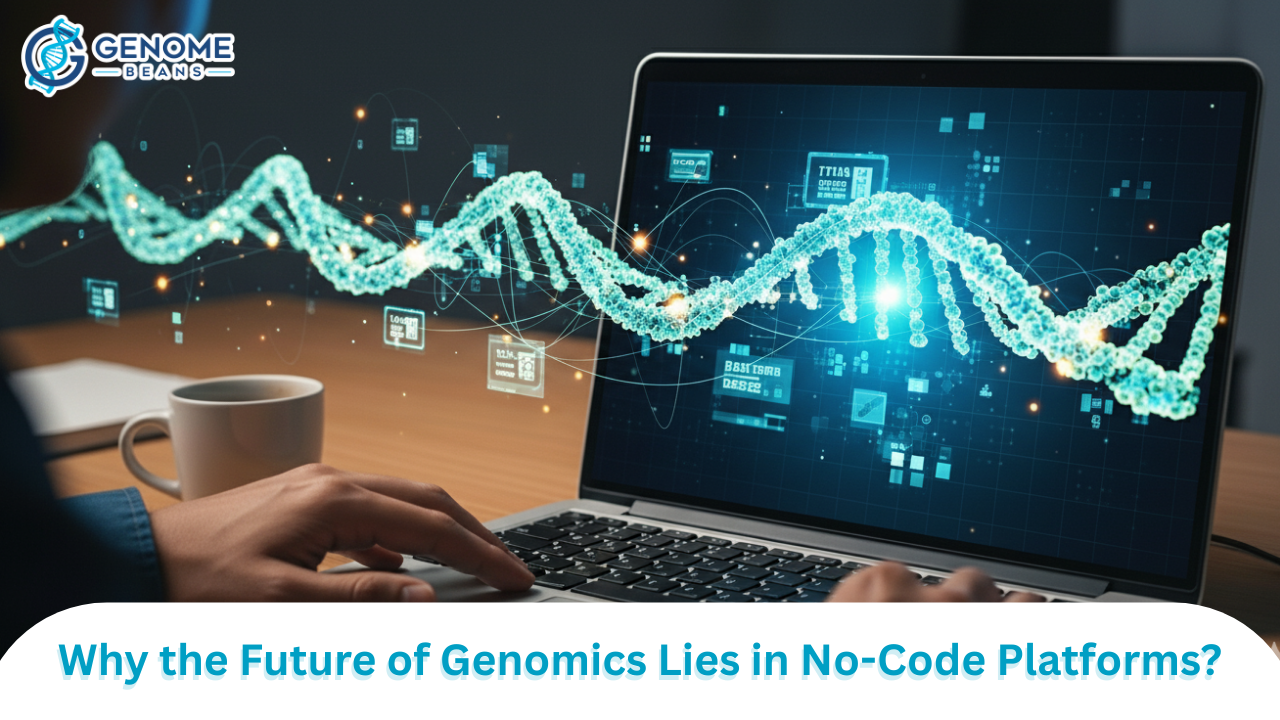The Future of No-Code Bioinformatics: Why Simplicity Matters
Key Takeaways:
- · No-code tools make bioinformatics accessible without coding.
- · They simplify complex NGS workflows.
- · Benefits include speed, accuracy, and reproducibility.
- · Useful in medicine, agriculture, and environment.
- · Cloud platforms enable easy, remote analysis.

Bioinformatics once demanded strong coding skills, creating a gap between data generation and analysis. No-code platforms now bridge this gap, allowing researchers to work with genetic data through intuitive, visual interfaces—no programming needed.
Simplifying NGS Analysis
Traditionally, analyzing next-generation sequencing (NGS) data required scripts or command-line tools. Today, researchers can upload data, adjust parameters with dropdowns, and get results in minutes—making genetic analysis accessible to non-coders.
Key Features and Benefits
No-code platforms support gene expression analysis, mutation detection, and sample clustering via guided workflows. Pre-built pipelines automate quality checks, alignment, and filtering, with alerts for low-quality input.
Benefits include:
- Faster turnaround without waiting for specialists
- Reduced errors through clear workflows
- Improved reproducibility across labs
- Wider participation from non-technical scientists
Applications Across Industries
Beyond academia, no-code bioinformatics aids:
- Medicine: Mutation detection for diagnosis and treatment
- Agriculture: Trait discovery and crop improvement
- Environmental Science: Biodiversity and microbial studies
Addressing Challenges
The “black box” issue—getting results without understanding methods—can be reduced with transparent documentation, tutorials, and detailed reports. Handling large datasets often relies on cloud infrastructure, enabling access without expensive hardware.
Transforming Education
These tools are entering classrooms, helping students explore real genetic data early in their education. As no-code platforms evolve with better visualizations and domain-specific features, bioinformatics will become more accessible, impactful, and widely adopted.
As much as we will rely on these tools, most important skill required is the understanding of basics in biology, statistics and math. One should always understand where there data is coming from and what it is turning into.







